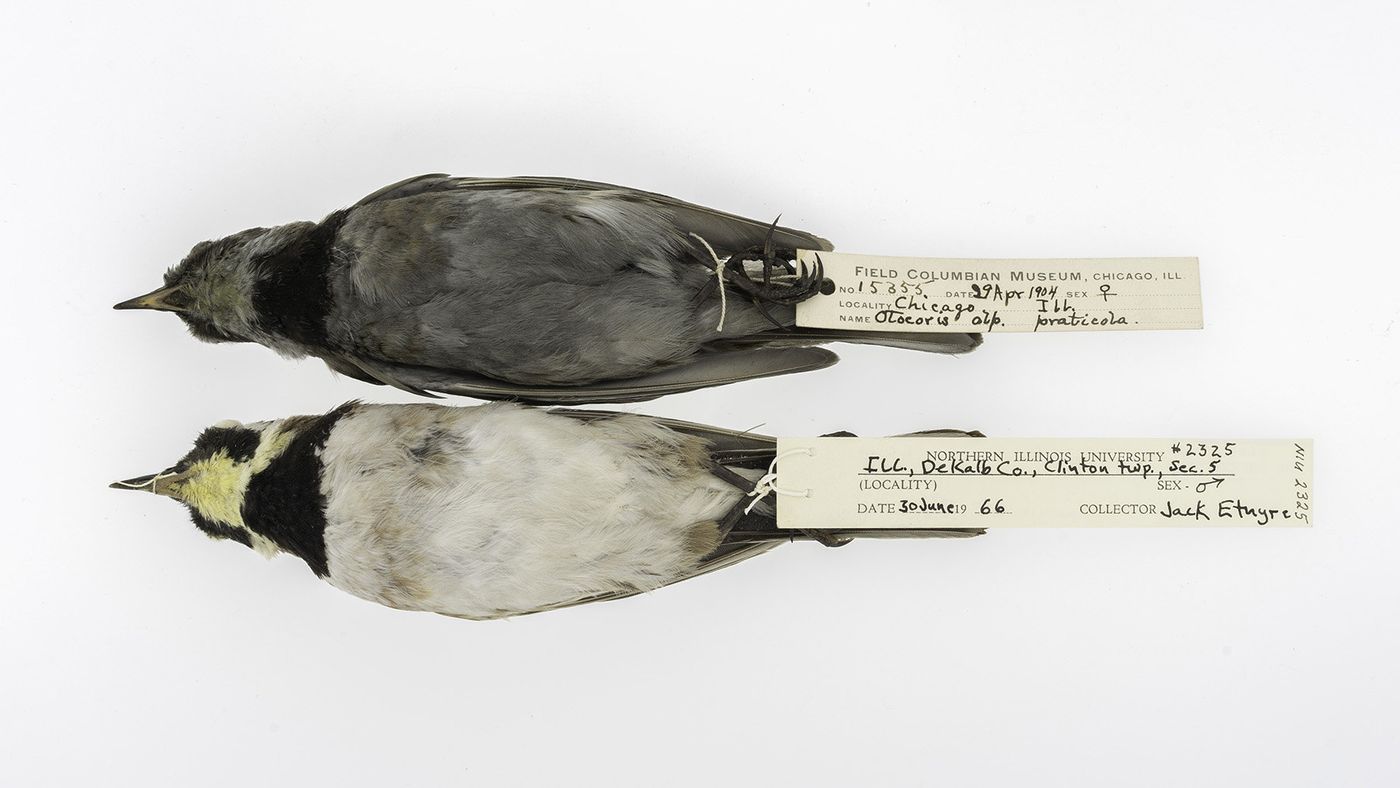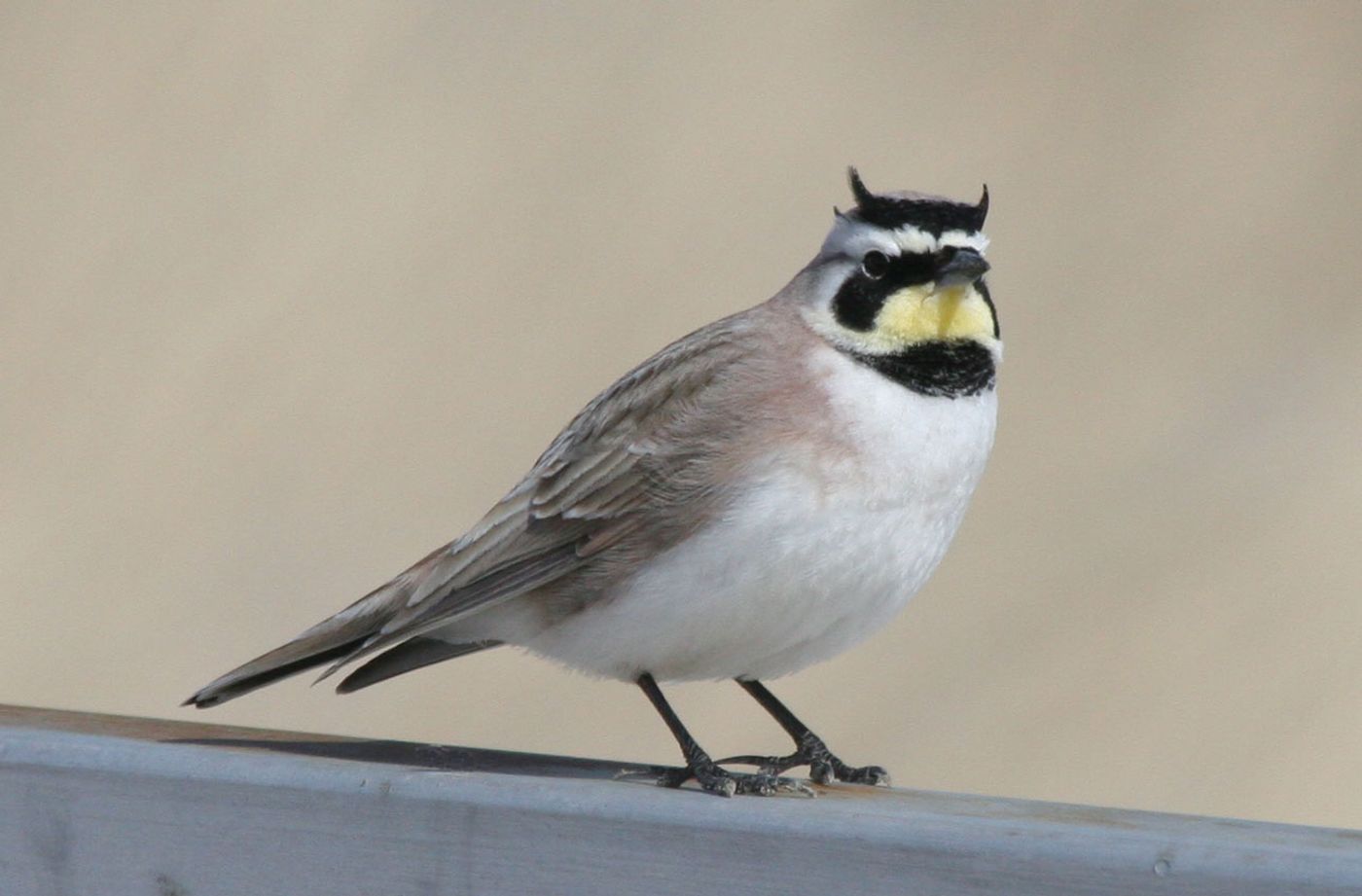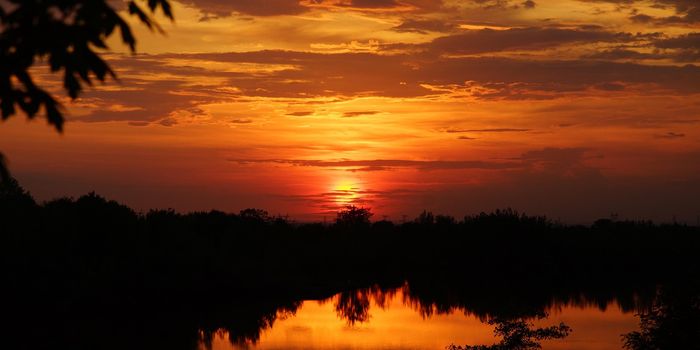Dirty, dead birds reveal truths about air pollution
A new paper in the Proceedings of the National Academy of Sciences utilized collections of old birds from natural history museums to prove that air pollution a century ago was actually much worse than we previously thought. By analyzing the discoloration from soot on the specimens, scientists were able to determine the amount of black carbon that was in the air at the time that the birds lived, and thus make a case for how crucial air pollution policy enforcement has been, and continues to be.
To get their data, co-authors Shane DuBay and Carl Fuldner trudged around in old museum basements looking at collections of over a thousand birds from the last 135 years.
"The soot on these birds' feathers allowed us to trace the amount of black carbon in the air over time, and we found that the air at the turn of the century was even more polluted than scientists previously thought," says DuBay. "If you look at Chicago today, the skies are blue. But when you look at pictures of Beijing and Dehli, you get a sense of what US cities like Chicago and Pittsburgh were once like," he continues. "Using museum collections, we were able to reconstruct that history."
Looking specifically at the songbirds called Horned Larks, even the untrained eye would notice a difference from today’s living species with those century-old corpses lying in museum cupboards. Those specimens appear dark in color, because the soot clung to their feathers, while the common birdwatcher today could see that the birds are naturally white-bellied with yellow chins.
"When you touch these birds, you get traces of soot on your hands. We'd wear white gloves while handling them, and the gloves would come away stained, like when you get ink on your fingertips reading a newspaper," says DuBay. "These birds were acting as air filters moving through the environment," adds DuBay.
The researchers used a unique method in order to measure the birds’ level of soot: they photographed the birds and measured the light reflected off of them, later plotting the refracted light so that it aligned with the year that the bird was shelved. They then looked at this hard data under a social history light, focusing on how urban air pollution policy changes over the years impacted the plotted points.
What they saw was that the birds’ soot levels closely mirrored the evolving air pollution policies."We were surprised by the precision we were able to achieve," says DuBay. "The soot on the birds closely tracks the use of coal over time. During the Great Depression, there's a sharp drop in black carbon on the birds because coal consumption dropped -- once we saw that, it clicked."
But DuBay cautions that just because the birds are back to their white-bellied and yellow-chinned selves, the US doesn’t deserve a gold star for its efforts to reduce air pollution; it just means that the current pollutants aren’t as sticky or visible as soot. Nevertheless, in some cases, birds can still act as a gage for air pollution - but with a twist. Watch the video below to learn more.
Sources: The Washington Post, Science Daily, NY Times










